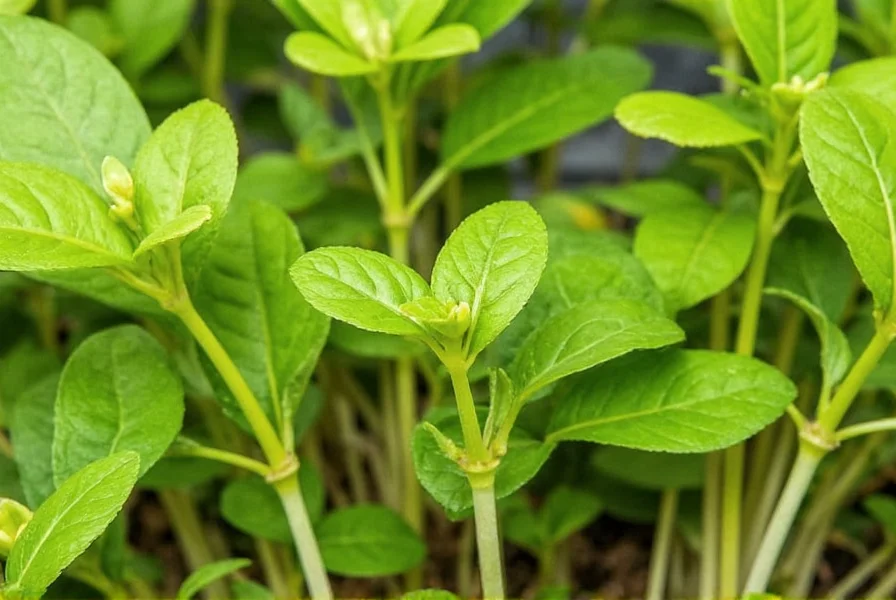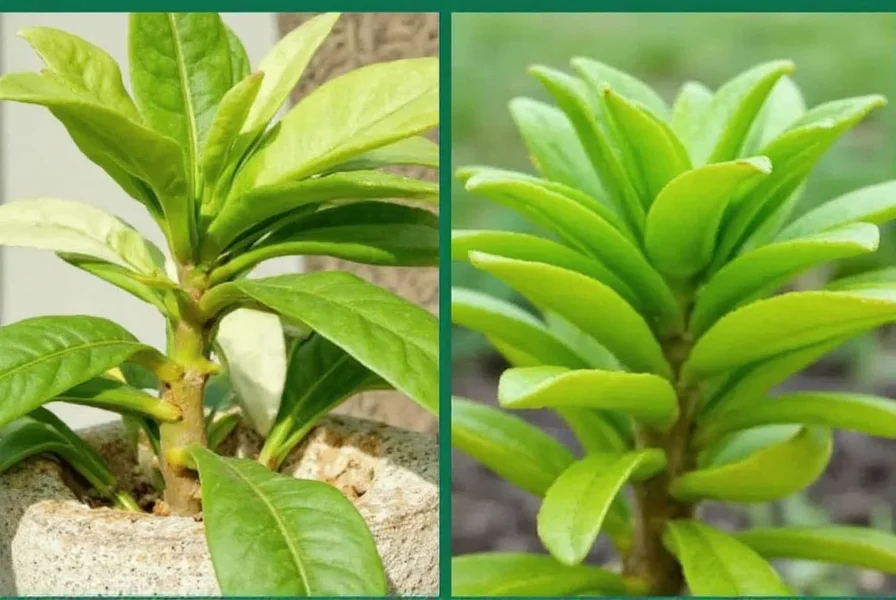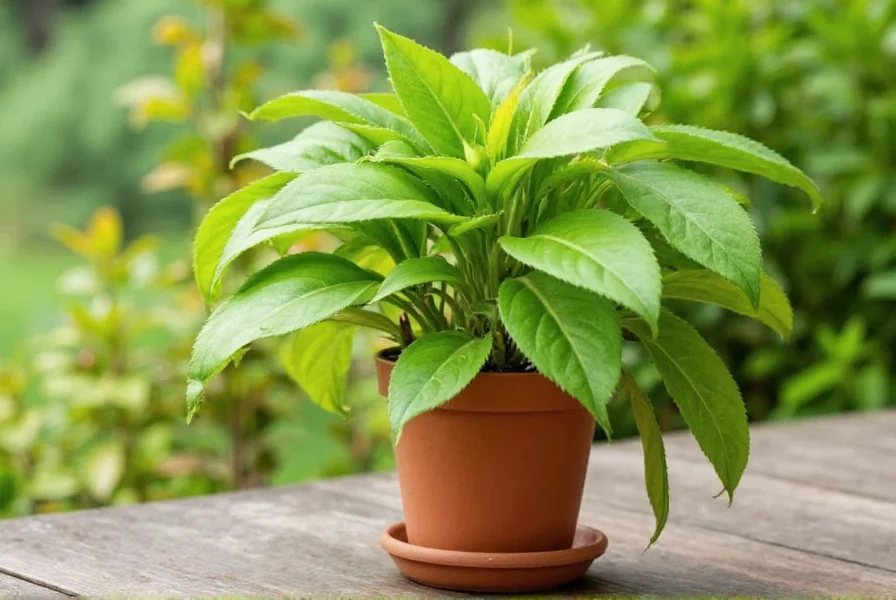Growing your own ginger at home is simpler than most gardeners expect and rewards you with fresh, flavorful rhizomes perfect for cooking and medicinal uses. This tropical perennial thrives in warm climates but can be successfully cultivated indoors or in containers almost anywhere with proper care. Whether you're an experienced gardener or trying your first edible plant, understanding the specific requirements for ginger cultivation ensures a bountiful harvest.
Essential Materials for Growing Ginger
Before starting your ginger growing journey, gather these basic supplies:
- Fresh ginger rhizomes (look for plump pieces with visible 'eyes' or growth buds)
- Container with drainage holes (at least 12 inches deep) or garden bed space
- Well-draining potting mix with organic matter
- Balanced liquid fertilizer (10-10-10)
- Misting bottle for humidity
| Material | Why It Matters | Alternative Options |
|---|---|---|
| Fresh ginger rhizome | Supermarket ginger often has growth inhibitors; fresh organic rhizomes sprout better | Specialty gardening stores, Asian markets, or online growers |
| Well-draining soil | Prevents rhizome rot while maintaining necessary moisture | Mix 60% potting soil with 30% compost and 10% perlite |
| Container size | Ginger rhizomes spread horizontally, needing adequate space | Minimum 12" deep x 18" wide container for one rhizome |
Step-by-Step Ginger Planting Process
Selecting and Preparing Ginger Rhizomes
Choose plump, firm ginger rhizomes with multiple growth buds (the small bumps or 'eyes'). Organic ginger from the grocery store works better than conventionally grown varieties, which often contain growth inhibitors. Soak the rhizome in water overnight to encourage sprouting before planting. For best results when growing ginger at home, cut larger rhizomes into 1-2 inch pieces, ensuring each piece has 2-3 growth buds.

Optimal Planting Conditions
Plant ginger rhizomes shallowly—just 1-2 inches below the soil surface—with growth buds facing upward. Ginger prefers partial shade (2-5 hours of morning sun) and protection from intense afternoon light. The ideal temperature range for growing ginger plants is 71-86°F (22-30°C), with high humidity levels. Avoid direct drafts or heating vents if growing indoors.
Watering Requirements for Healthy Growth
Maintain consistent soil moisture without waterlogging. Water ginger plants when the top inch of soil feels dry, typically 1-2 times per week depending on conditions. During active growth (spring and summer), increase watering frequency. Reduce watering in fall as leaves begin to yellow, signaling harvest time. Proper ginger plant watering requirements prevent both drought stress and root rot.
Fertilizing Schedule
Feed your ginger plant every 4-6 weeks during the growing season with a balanced liquid fertilizer diluted to half strength. Organic options like fish emulsion or compost tea work well for ginger plant care. Stop fertilizing 2 months before expected harvest to allow rhizomes to mature properly.
Growth Timeline and Harvesting
Ginger requires patience—most varieties take 8-10 months to reach full maturity. You'll notice initial sprouts emerging in 2-4 weeks under optimal conditions. The plant develops leafy shoots that grow 2-3 feet tall. When leaves begin yellowing and dying back (typically in late fall), this signals that the rhizomes have matured and are ready for harvest.
To harvest, carefully dig around the plant perimeter and lift the entire rhizome cluster. Brush off excess soil (don't wash) and allow to dry in a shaded, well-ventilated area for 2-3 days before storing. For continuous harvest, you can also 'tip' harvest by removing portions of the rhizome while leaving the plant intact to continue growing.
Troubleshooting Common Ginger Growing Problems
Yellowing leaves: Often indicates overwatering. Check soil drainage and reduce watering frequency. Ensure your container has adequate drainage holes when growing ginger in containers.
No sprouting: Ginger rhizomes may need more warmth (above 70°F) or could be from treated supermarket ginger. Try fresh organic rhizomes and maintain consistent moisture.
Leaf curling: Usually a sign of underwatering or low humidity. Increase watering and mist leaves regularly, especially when cultivating indoor ginger plants.
Rhizome rot: Caused by poor drainage or excessive moisture. Amend soil with perlite or sand to improve drainage and avoid water accumulation in containers.

Expert Tips for Successful Ginger Cultivation
For those wondering how to grow ginger plant successfully in challenging conditions, consider these professional tips:
- Start ginger indoors 2-3 months before your last frost date if growing in cooler climates
- Mulch outdoor plants with straw to maintain consistent soil temperature and moisture
- Use a container with wheels to move plants indoors when temperatures drop below 50°F
- Provide 60-70% humidity for indoor plants using a pebble tray or humidifier
- Rotate containers regularly for even light exposure when growing ginger indoors
Frequently Asked Questions
Can I grow ginger from store-bought ginger?
Yes, but organic store-bought ginger works best as conventional grocery store ginger often contains growth inhibitors. Soak the rhizome in water overnight before planting to improve sprouting success when growing ginger at home.
How long does it take to grow ginger?
Ginger requires 8-10 months to reach full maturity from planting. You'll see initial sprouts in 2-4 weeks, but the rhizomes need the full growing season to develop substantial size and flavor.
What's the best soil for ginger plants?
Ginger thrives in well-draining, slightly acidic soil with pH between 5.5-6.5. A mix of 60% potting soil, 30% compost, and 10% perlite provides ideal conditions. Avoid heavy clay soils that retain too much moisture, which can cause rhizome rot.
Can ginger grow in full sun?
No, ginger prefers partial shade with 2-5 hours of morning sun. Direct afternoon sun can scorch leaves and dry out soil too quickly. When growing ginger plants outdoors, choose a location with dappled sunlight or protection from intense midday rays.
How do I know when to harvest ginger?
Ginger is ready to harvest when the leaves begin yellowing and dying back, typically 8-10 months after planting. You can also gently feel around the soil edge for plump rhizomes. For continuous harvest, you can carefully dig around the edges and remove portions while leaving the plant intact.











 浙公网安备
33010002000092号
浙公网安备
33010002000092号 浙B2-20120091-4
浙B2-20120091-4